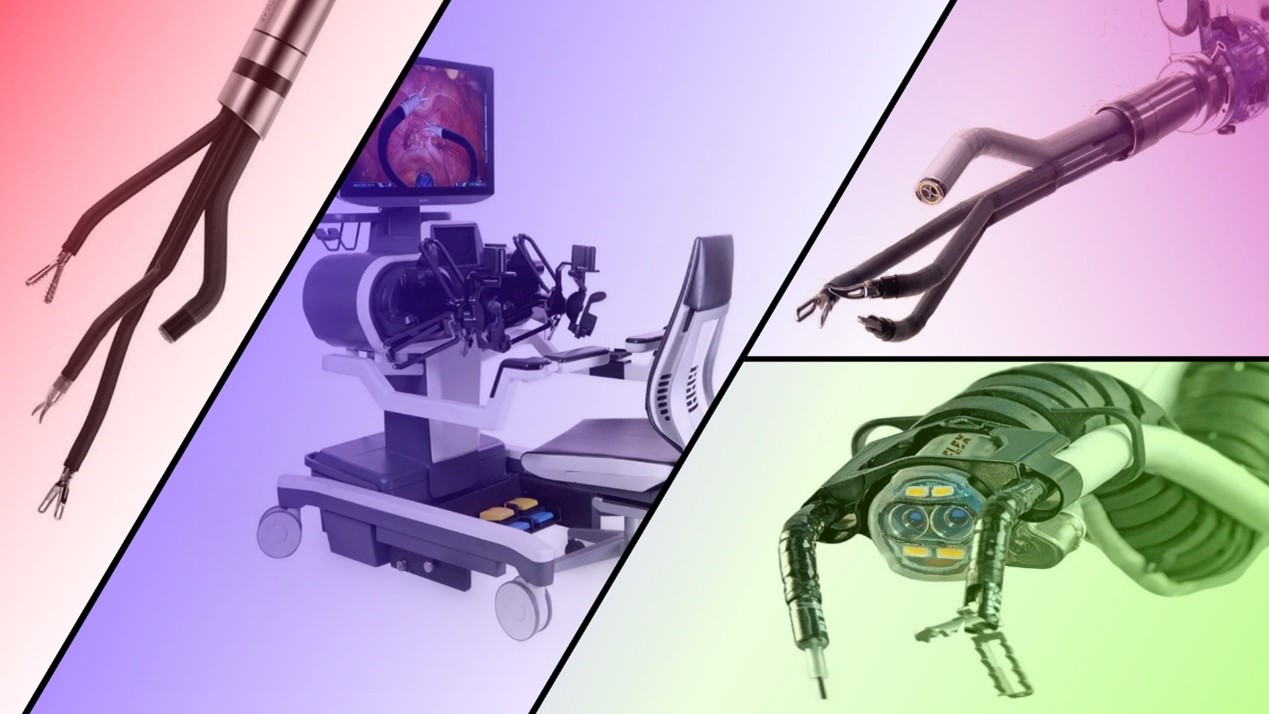 The Future of Robotic Surgery: Amazing Robotic Surgical Systems
The Future of Robotic Surgery: Amazing Robotic Surgical Systems
World's Most Advanced Robotic Surgical Systems
Robotic Surgery
Robotic surgery is a type of surgery where a doctor performs the operation on the patient by controlling the arms of the robotic system. These robotic arms mimic the surgeon’s hand and scale down the movement hence allowing the surgeon to easily make precise and small cuts.
Robotic surgery has been a revolutionary step in the improvement of surgical procedures as it is enhancing surgery through improved precision, stability, and dexterity.
Since the introduction of the da Vinci Surgical System in 1999, more sophisticated surgery has been achieved thanks to improved 3-D visual acuity, 7 degrees of freedom, and breakthrough accuracy and accessibility to surgery. The US Food and Drug Administration (FDA) approved the da Vinci Surgical System in 2000, and four generations of the system have been introduced over the past 21 years.
Intuitive Surgical’s intellectual property portfolio has no doubt played a significant part in helping the company to achieve and maintain its dominant position in the robotic surgery marketplace; it has laid a minefield of patent coverage that potential competitors must confront when evaluating the path to market entry.
In the past two decades, the da Vinci Surgical System has become the most prevalent robotic surgical system with an installed base of over 4000 units worldwide. This market share has been used to perform more than 1.5 million surgical procedures in the fields of gynecology, urology, and general surgery.
The da Vinci Surgical System is a commercially available surgical robotic system with FDA approval, but their initial intellectual property patents soon expire and competing systems are getting closer to entering the market
In 2016, da Vinci’s patents for remote controlled robotic arms and tools and the surgical robot’s imaging functionality expired. And more of Intuitive Surgical’s patents expired in 2019.
Future of Robotic Surgical Systems
The future of robotic surgical systems depends upon improvements in the present technology and the development of new radically different enhancements.
Such innovations, some of them still in the experimental stage, include miniaturization of robotic arms, proprioception and haptic feedback, new methods for tissue approximation and hemostasis, flexible shafts of robotic instruments, implementation of the natural orifice transluminal endoscopic surgery (NOTES) concept, integration of navigation systems through augmented-reality applications and, finally, autonomous robotic actuation.
Many robotic surgical systems have been developed, and clinical trials have been performed in various countries. New technologies have been increasingly implemented to improve the capabilities of previously established systems and surgical ergonomics.
As the technology develops and spreads, its costs will become more affordable, and robotic surgeries will be introduced throughout the world. In this robotic era, we will see intense competition as companies continue to develop and market new devices.
Post time: Apr-28-2022

